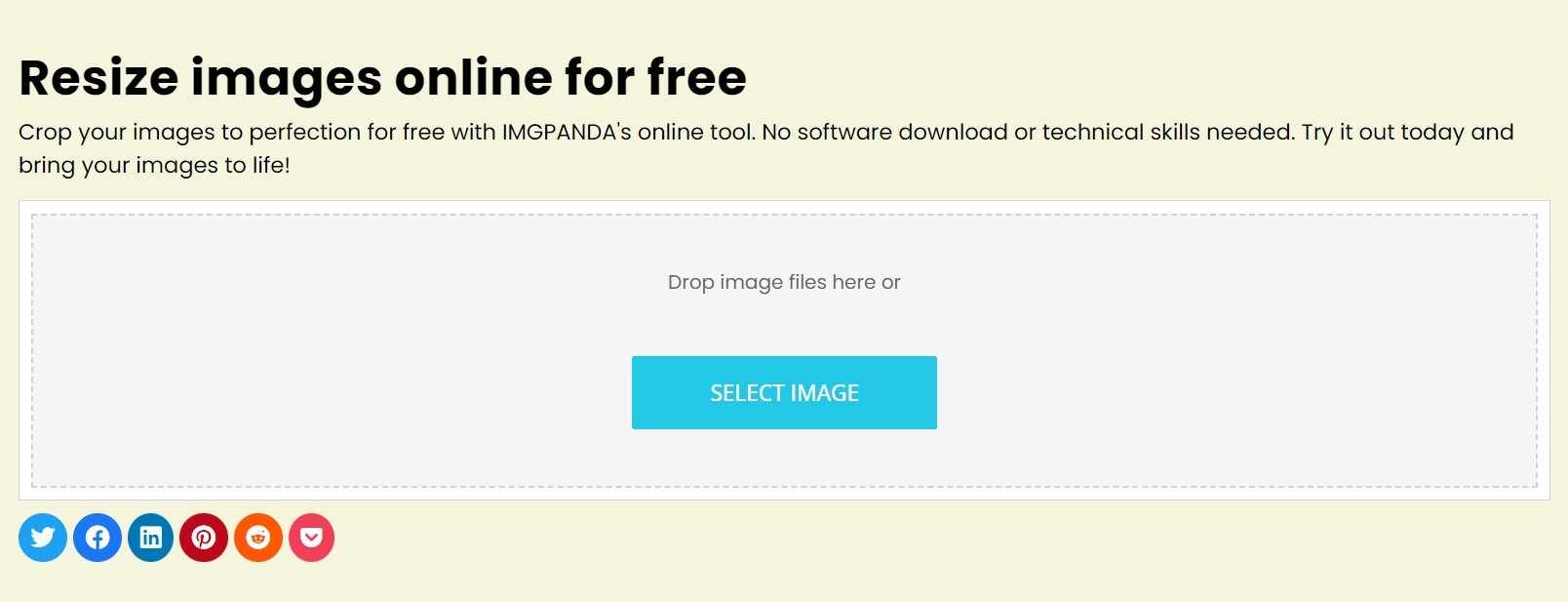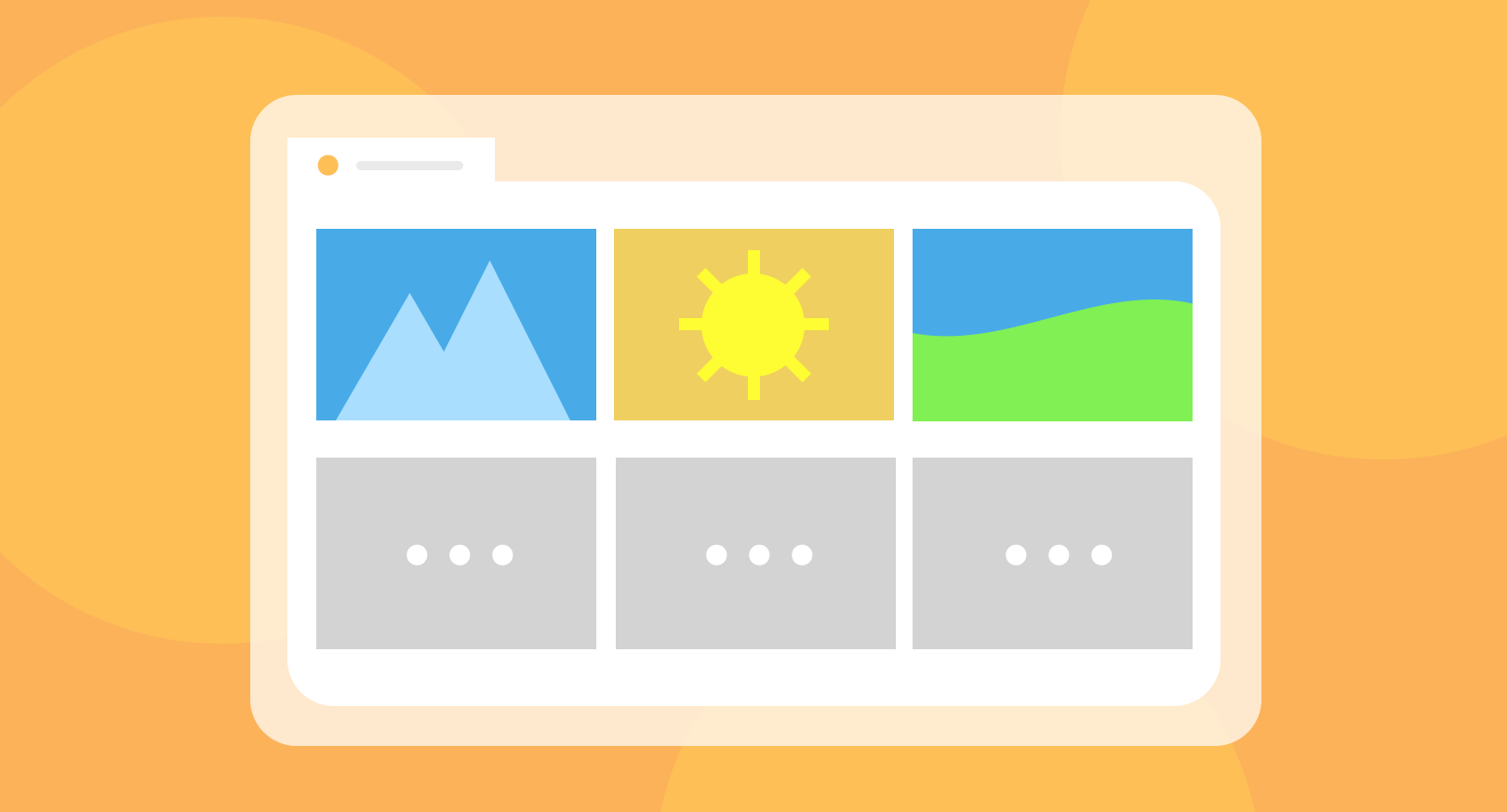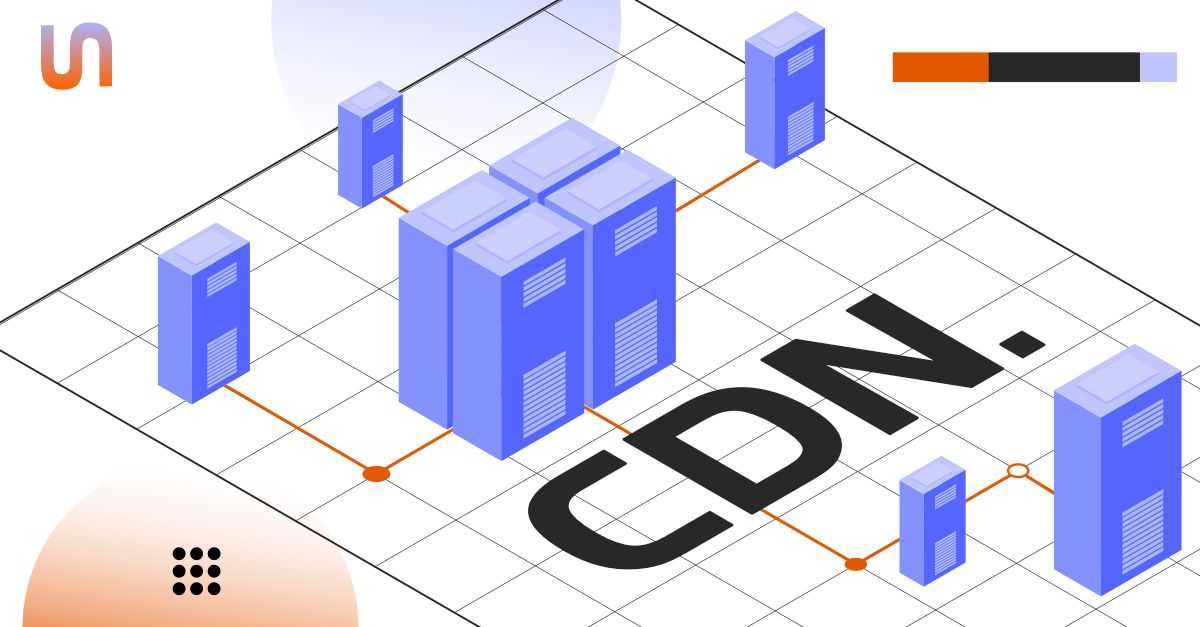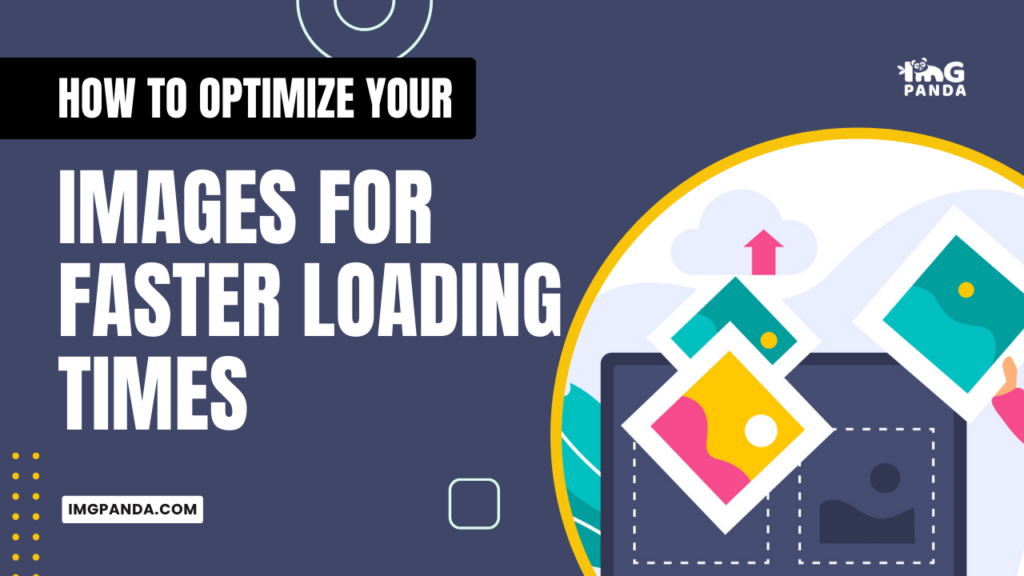Introduction:
In today's digital age, having a fast and efficient website is crucial to retaining visitors and improving user experience. One important aspect of website optimization is ensuring that images load quickly without compromising their quality. Slow-loading images can lead to frustration and decreased engagement from visitors.
In this article, we will discuss some tips and techniques for optimizing images to improve loading times, including image compression, choosing the right file format, resizing images, lazy loading, and using a content delivery network (CDN). By following these best practices, you can significantly improve the loading speed of your website, which can lead to higher user satisfaction and better search engine rankings.
Also Read This: The Benefits of Shooting in RAW Format: What You Need to Know
Compress your images:
Compressing your images is an effective way to reduce their file size and improve loading times without sacrificing too much quality. There are various compression tools available online, including free options such as, IMGPANDA Compressing Tools, Tiny PNG and Kraken.io, that allow you to compress images without affecting their visual appeal.
[caption id="attachment_193171" align="alignnone" width="1666"] Compress your images[/caption]
Compress your images[/caption]
When compressing images, it's important to strike a balance between reducing the file size and maintaining the image quality. Over-compression can lead to pixelation or loss of important details in the image, while under-compression can result in larger file sizes that still take longer to load.
Using a compression tool can help you strike the right balance and optimize your images for faster loading times. By reducing the size of your images, you can improve the overall performance of your website, leading to higher user satisfaction and better search engine rankings.
Also Read This: What Are the Best Free Alternatives to Flickr?
Choose the right file format:
Choosing the right file format for your images is important in optimizing them for faster loading times. Different file formats have their own strengths and weaknesses and are best suited for specific types of images.
- JPEG (Joint Photographic Experts Group) is a common file format used for photographs or images with complex color variations, such as gradients or shadows. It is a compressed format that allows for smaller file sizes while maintaining a high level of detail and color accuracy.
- PNG (Portable Network Graphics) is another commonly used format, particularly for images with transparent backgrounds or graphics. PNG files are larger in size than JPEGs, but they offer lossless compression, which means that they can be compressed without losing any quality.
- GIF (Graphics Interchange Format) is a format that is best suited for animated images, such as banners or icons. They have a limited color palette and are best for simple graphics or animations.
When choosing the right file format for your images, it's important to consider the type of image, its purpose, and the level of quality you want to maintain. By selecting the appropriate file format, you can optimize your images for faster loading times and better website performance
Also Read This: Understanding Usage Rights: Can You Use Shutterstock Images Without Worries?
Resize your images:
Resizing your images is an effective way to reduce their file size and optimize them for faster loading times. By adjusting the dimensions of your images to match the requirements of your website, you can significantly reduce the amount of data that needs to be loaded when a page is accessed.
[caption id="attachment_193172" align="alignnone" width="1608"] Resize your images[/caption]
Resize your images[/caption]
It's important to note that resizing an image doesn't necessarily mean that its quality will be reduced. With the right tools and techniques, you can resize your images without sacrificing their visual appeal or clarity.
There are many image editing tools available online, both free and paid, that allow you to resize your images. When resizing your images, it's important to maintain their aspect ratio to avoid stretching or distorting them.
By resizing your images, you can reduce their file size and improve the loading speed of your website. This can lead to higher user satisfaction, improved engagement, and better search engine rankings.
Also Read This: Creative Edit: Imgflip’s Canvas Unleashed
Use lazy loading:
Lazy loading is a technique that delays the loading of images until they are actually needed. This can significantly improve the loading speed of your website, especially if you have a lot of images or if your website is content-heavy.
[caption id="attachment_193173" align="alignnone" width="1620"] Use lazy loading:[/caption]
Use lazy loading:[/caption]
With lazy loading, images are loaded as the user scrolls down the page, rather than all at once when the page is loaded. This reduces the amount of data that needs to be loaded initially, improving the website's performance and reducing the time it takes for the page to load.
There are many plugins and tools available for lazy loading, and many content management systems also offer this feature built-in. By using lazy loading, you can improve the user experience on your website and reduce bounce rates, as visitors are less likely to become frustrated and leave due to long loading times.
It's important to note that while lazy loading can improve the performance of your website, it should be used sparingly and strategically. Some images, such as hero images or images above the fold, should still be loaded immediately to provide a better user experience.
Also Read This: StockSnap: Picture-Perfect Free Photo Finds
Use a content delivery network (CDN):
Using a Content Delivery Network (CDN) is a powerful technique that can significantly improve the loading speed of your images and other website content. A CDN is a network of servers that are distributed across the globe, which work together to deliver content to users from the server that is closest to them geographically.
[caption id="attachment_193174" align="alignnone" width="1200"] Use a content delivery network (CDN):[/caption]
Use a content delivery network (CDN):[/caption]
A Content Delivery Network (CDN) is a network of servers that are distributed across the globe and work together to deliver content to users from the server that is closest to them geographically. The main purpose of a CDN is to reduce the load on a website's server and improve the delivery speed of website content, including images.
When a website uses a CDN, its images are stored on multiple servers around the world. When a user accesses the website, the CDN automatically determines the server that is closest to the user's location and serves the images from that server. This reduces the amount of data that needs to be transferred across long distances, improving the loading speed of the website.
CDNs work by caching website content on their servers and delivering that content to users from the nearest server. This means that when a user accesses a website that uses a CDN, the CDN first checks to see if it already has a cached copy of the content, such as images, before delivering it to the user. If the CDN does not have a cached copy, it requests the content from the website's server and caches it for future use.
Using a CDN can significantly improve the performance of a website's images, especially for websites with a global audience. However, it's important to note that using a CDN may involve additional costs, depending on the provider and the amount of traffic a website receives. Additionally, some CDN providers may not have servers in all regions, which could result in slower delivery speeds for users in those regions.
When you use a CDN, your website's images are stored on multiple servers around the world. When a user accesses your website, the CDN automatically determines the server that is closest to the user's location and serves the images from that server. This reduces the amount of data that needs to be transferred across long distances, improving the loading speed of your website.
There are many CDN providers available, such as Cloudflare, Amazon CloudFront, and Akamai. By using a CDN, you can significantly improve the performance of your website and reduce the load on your server, leading to a better user experience and higher search engine rankings.
It's important to note that using a CDN may involve additional costs, depending on the provider you choose and the amount of traffic your website receives. However, the benefits of using a CDN can outweigh the costs, especially for larger websites with global audiences. Here's a video on the topic of optimizing images for the web to enhance page load speeds.
Also Read This: History Erased: Clear DeviantArt Search History
Pros and Cons:
| Pros | Cons |
|---|---|
| Improved website performance | Additional costs may be involved, depending on the provider and traffic |
| Global reach | CDN providers may not have servers in all regions |
| Reduced load on your server | Configuration and setup may require technical expertise |
| Better user experience | Implementation may require additional time and resources |
| Higher search engine rankings | Dependency on third-party service providers |
Also Read This: Imago Stock Videos: Elevate Presentations
Conclusion:
Optimizing your website's images for faster loading times is crucial for providing a good user experience, reducing bounce rates, and improving search engine rankings. There are many techniques that you can use to optimize your images, including compressing them, choosing the right file format, resizing them, and using lazy loading.
Additionally, using a Content Delivery Network (CDN) can provide a significant boost to the performance of your website's images by serving them from servers that are geographically closer to your users. While there are some potential drawbacks to using a CDN, such as additional costs and technical requirements, the benefits can outweigh these for larger websites with a global audience.
By implementing these techniques and considering the pros and cons of each, you can ensure that your website's images are optimized for faster loading times, providing a better user experience and improving your website's performance and search engine rankings.
FAQ:
Why is it important to optimize images for faster loading times?
Image files can be large, which can slow down the loading time of a web page. By optimizing your images, you can reduce their file size and improve the overall performance of your website.
What are some ways to optimize images?
There are several ways to optimize images, including:
Resize images: Make sure your images are the correct size for their intended display. Avoid uploading high-resolution images if they will only be displayed as thumbnails.
Compress images: Reduce the file size of your images without sacrificing too much image quality. You can use image compression tools or software to compress your images.
Use the right file type: Choose the appropriate file type for your images. For example, JPEGs are good for photographs, while PNGs are better for graphics and illustrations.
Use lazy loading: Load images only when they are needed. This can help reduce the initial load time of a webpage.
Use a Content Delivery Network (CDN): A CDN can help distribute your images across multiple servers, which can improve the loading time of your website.
Are there any tools to help optimize images?
Yes, there are several tools available to help optimize your images, such as:
- IMGPANDA: IMGPANDA offers free tools for image compression and resizing while preserving image quality.
- Adobe Photoshop: Photoshop has a built-in tool for image optimization.
- Kraken.io: Kraken.io is an online image optimization tool that can compress your images without sacrificing quality.
- TinyPNG: TinyPNG is a free online tool that can compress PNG and JPEG images.
- Cloudinary: Cloudinary is a cloud-based image management platform that includes image optimization tools.
Is it necessary to optimize every image on a website?
A: It is not necessary to optimize every image on a website, but it is recommended. Optimizing your images can improve the performance of your website, which can lead to better user experiences and improved search engine rankings. However, it is important to balance image quality with file size when optimizing images, as images that are too compressed can appear pixelated or distorted.









































